Capital:
Tblisi
Currency
Lari
Best time to visit:
from May to October
In a word:
Madloba (thanks)
Vaccines
None
Essential experiences:
Get lost in the ancient streets of the beautiful Tblisi to breathe some Soviet old air; Visit Stalin's hometown in Gori; enters the orthodox fairy world of Mtskheta
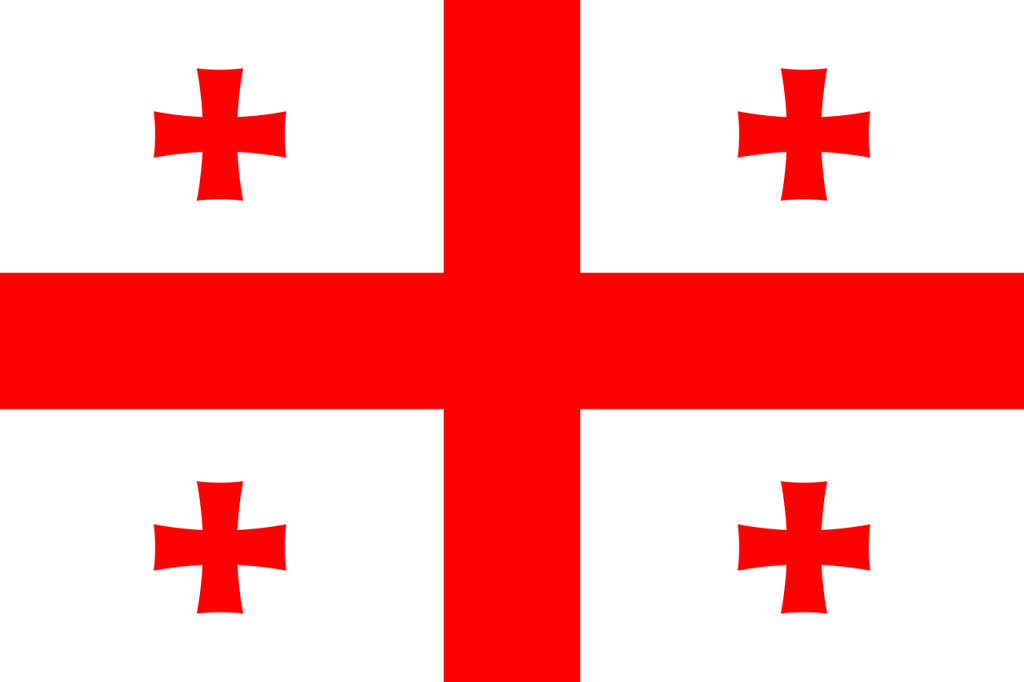
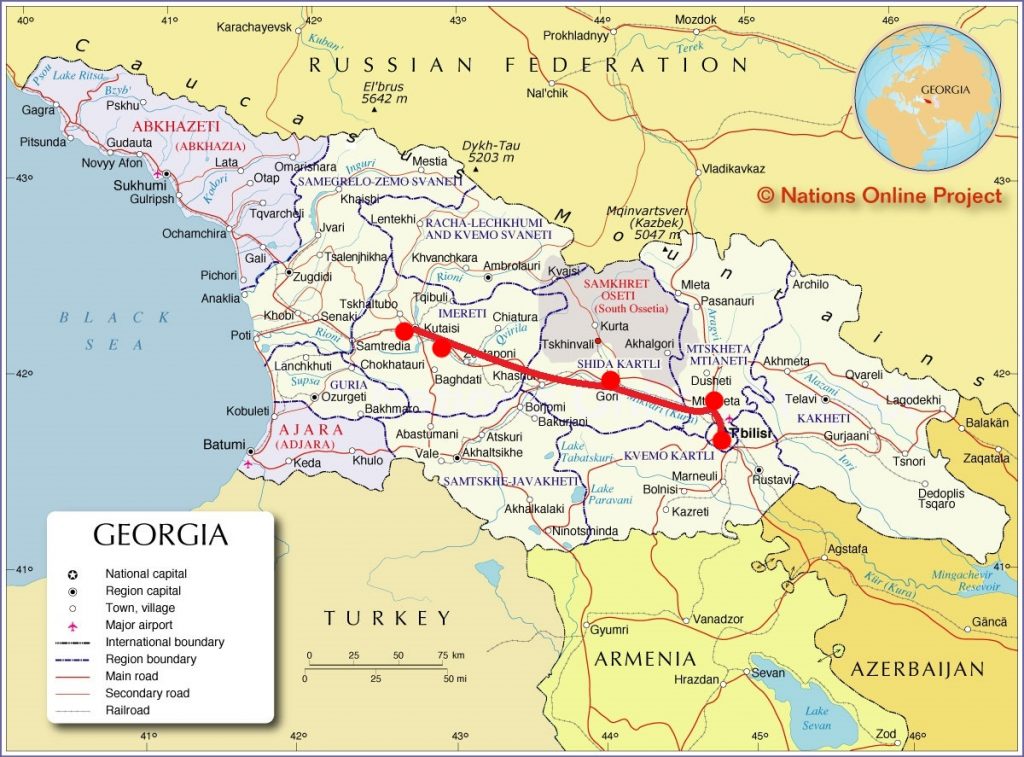
In this adventure we started from the Georgian capital of Tblisi, defined as the most beautiful and interesting city in the whole Caucasus. With local means, almost always the maršrutka, of Soviet memory, we cross this small nation from south to north avoiding the hot and controversial areas such as Abkhazia and South Ossetia, where there is still a strong presence of Russian military and therefore it is necessary to have special permits to enter.
We have passed through many very dignified villages where you can still breathe an air of nostalgia, at least this was our impression; Mtskheta with its ancient Orthodox monasteries, Gori where everything knows about Stalin up to Kutaisi with its colorful markets. Mind you, Georgia is also a popular destination for lovers of snow and winter sports!
Our suggested itinerary (10 days) | |
four days: | Tblisi, Mtskheta |
one day: | Gori |
one day: | Uplistsikhe |
three days: | Kutaisi |
| one day: | low cost flight to numerous European cities |
We are in the beautiful Tblisi! It is fresh, after all it's February ... an excellent excuse to hide ourselves immediately in one of the many taverns typical of the square of Gorgasalis. After a hot cup of tea and two kisses, it's time to take a walk in the historic center not far from the Church of Jvaris Mama and that of Norasheni.
The old town is very pretty, a maze of narrow streets characterize this ancient area that the locals call Maidan or Kala.
We go to the Church of Metekhi where they are celebrating an Orthodox service with the priest who makes the sign of the cross on the forehead of the faithful while they kiss the cuff of his tunic.
Tbilisi is an amazing city, if some glimpse, typically Soviet, made me remember old Latvia, many others are typical of a city that slowly tries to open up to Europe and the West.
Recall that it has been 25 years since she gained independence from "Great Mother Russia" and that for a very short time she managed to free herself from that anarchy in which she had fallen immediately after.

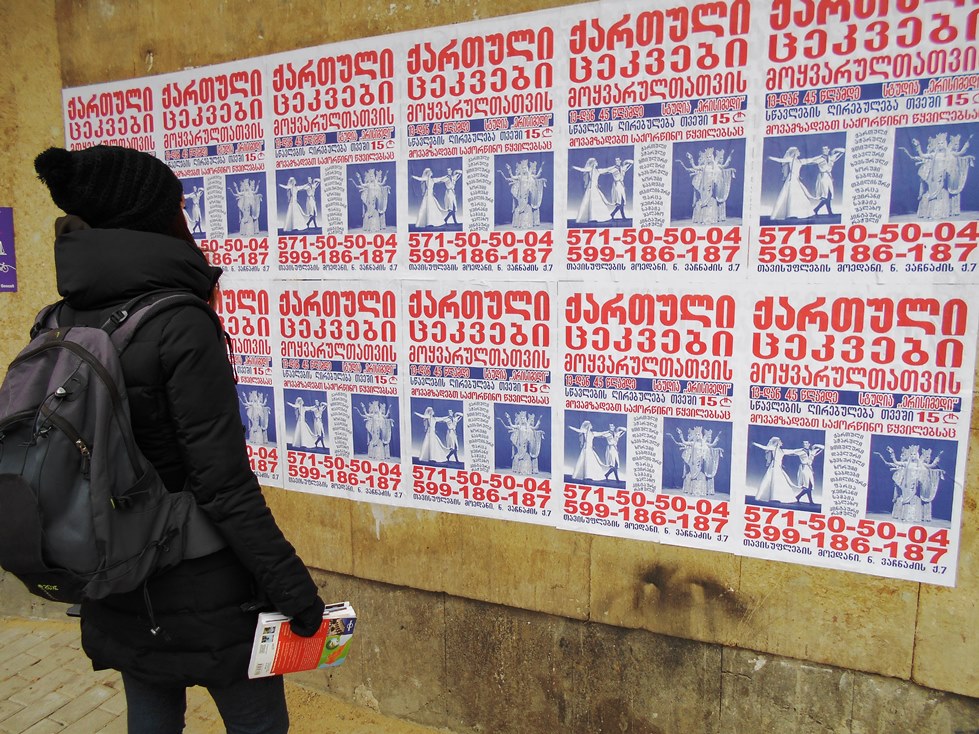

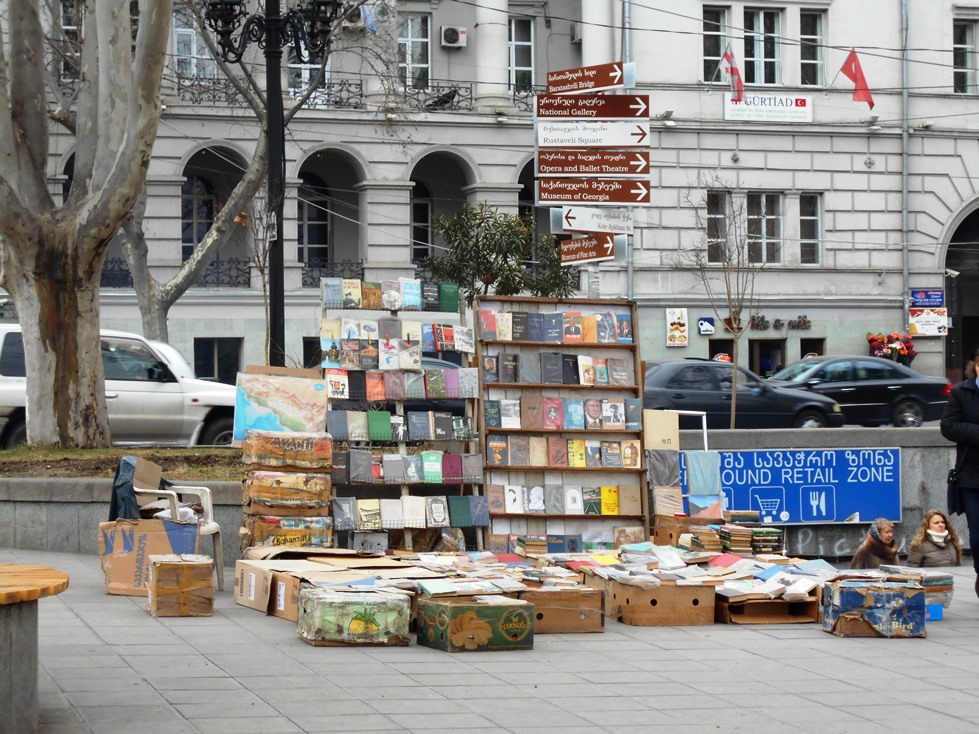
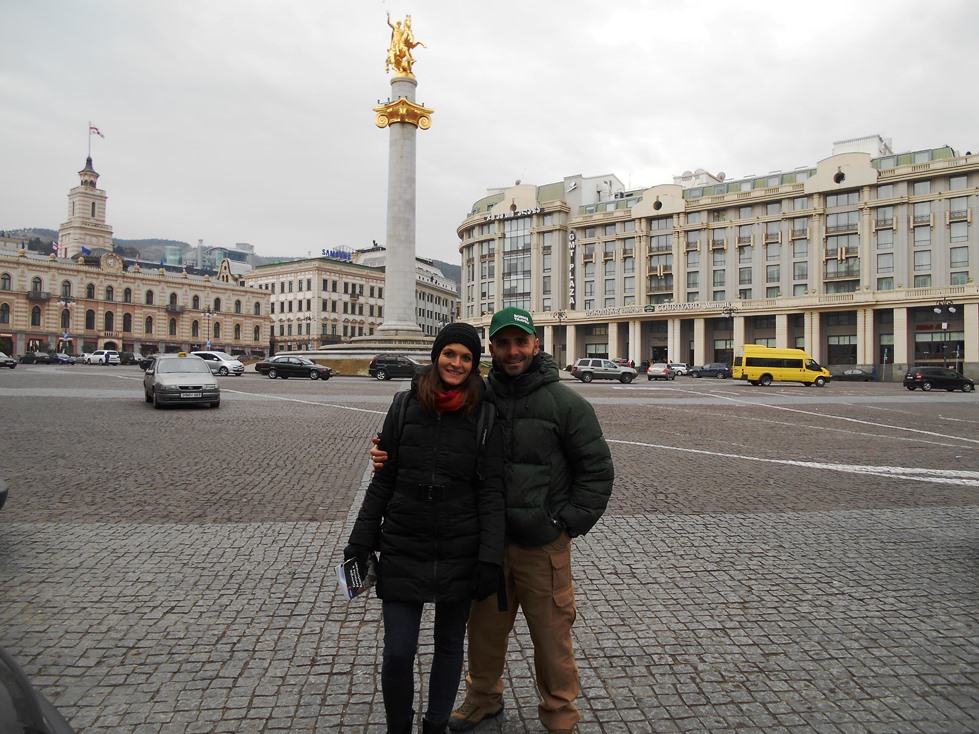
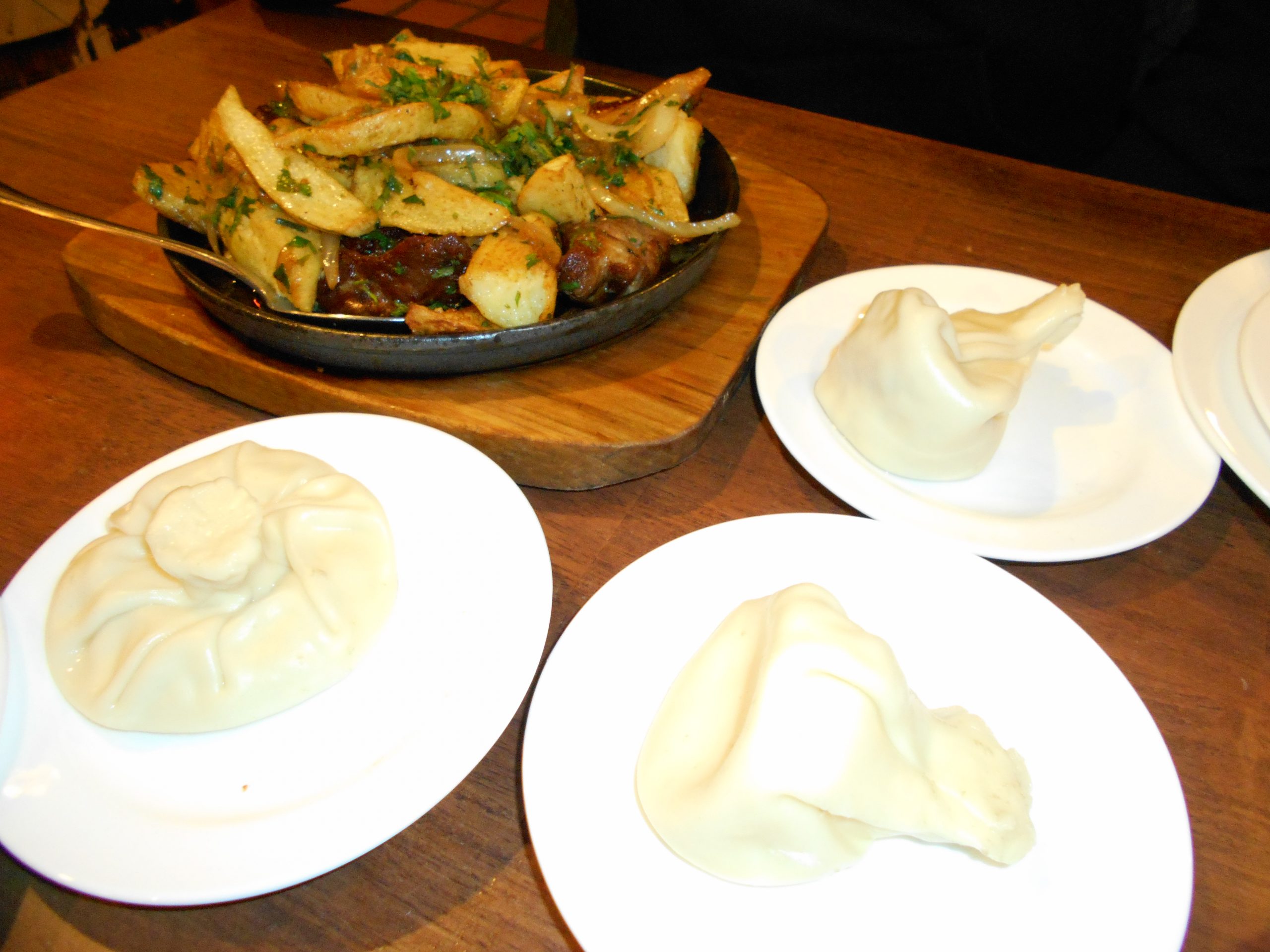
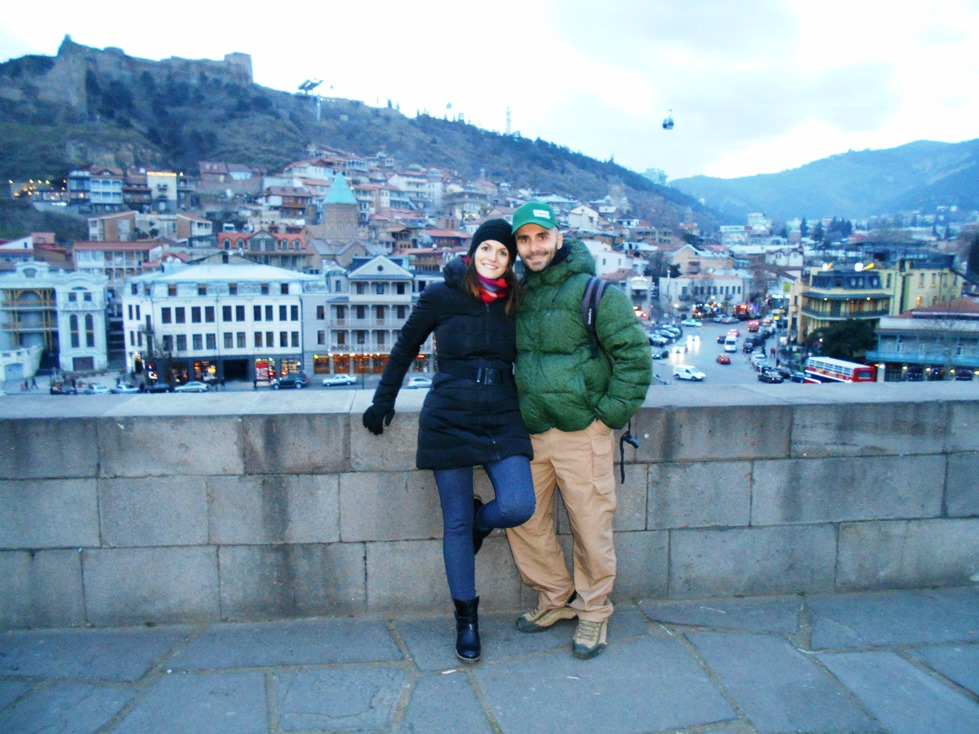
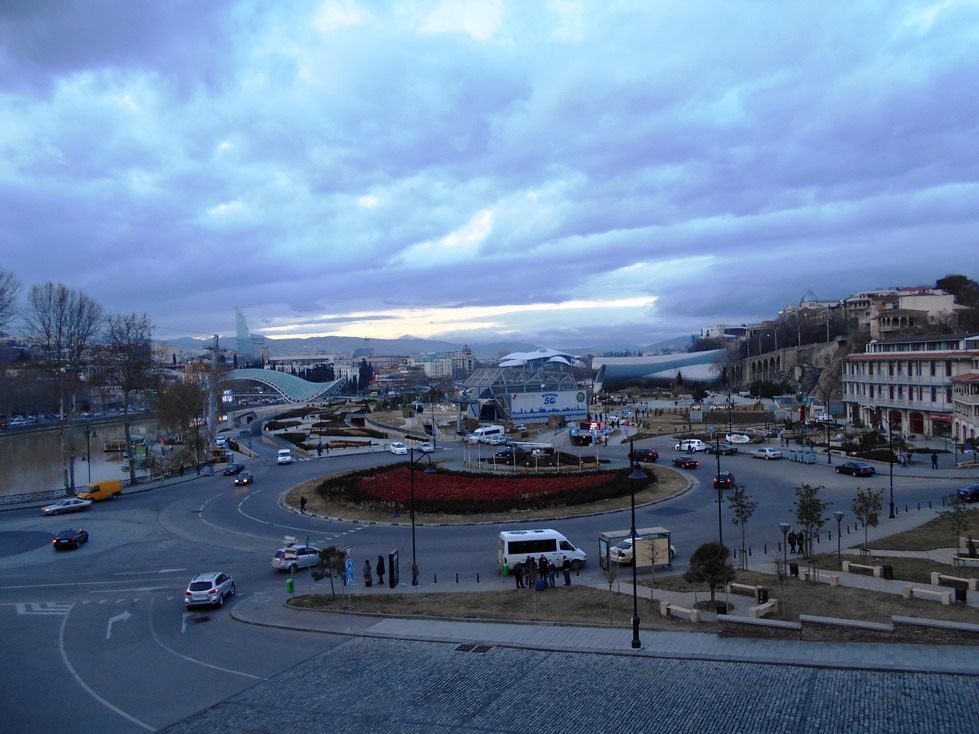
Mtskheta houses some of the oldest churches in the country and represents its spiritual heart since Christianity became the state religion in the 14th century.
At the confluence of the Mtvari and Aragvi rivers, Mtskheta was also the first Georgian capital.
We visit the Church of Jvari, many Orthodox believers are in prayer, make their characteristic sign of the cross, kiss the feet of Jesus Christ on the cross, walk caressing the base of all the frames of the sacred icons.
The atmosphere is very solemn and we try to show our utmost respect even when, shortly afterwards, inside the majestic Cathedral of Sveti-Tskhoveli, a monk with a long white beard, blessing all the faithful, completely waters us with a large plume soaked in water ... after this holy shower we continue to the Church of Antioki dating back to the time of Santa Nino, much loved by the Georgians.


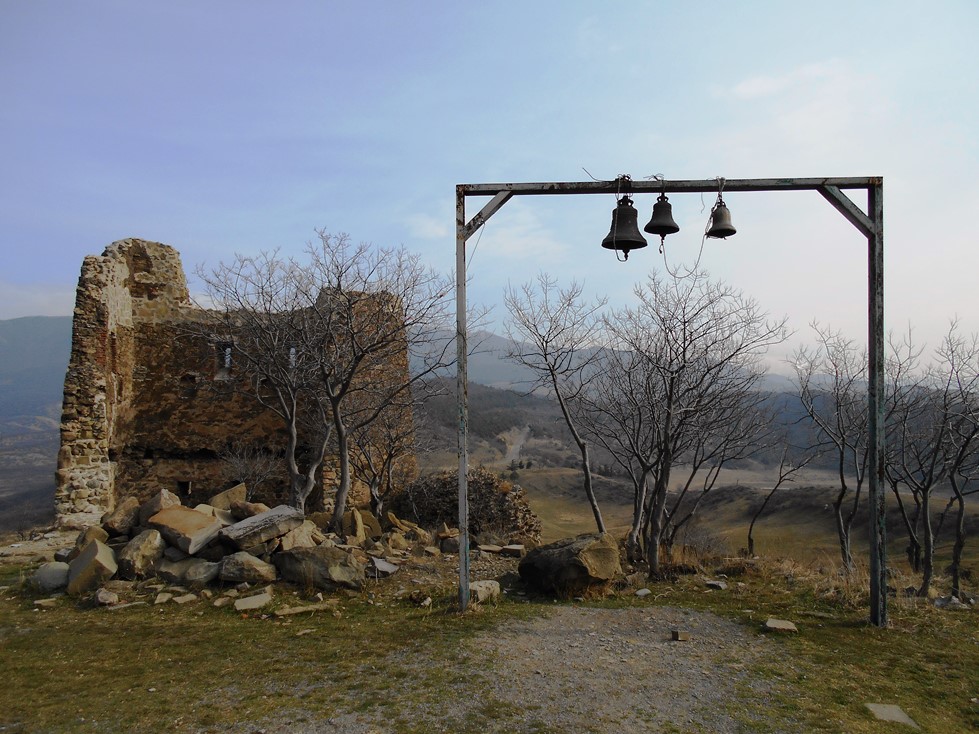
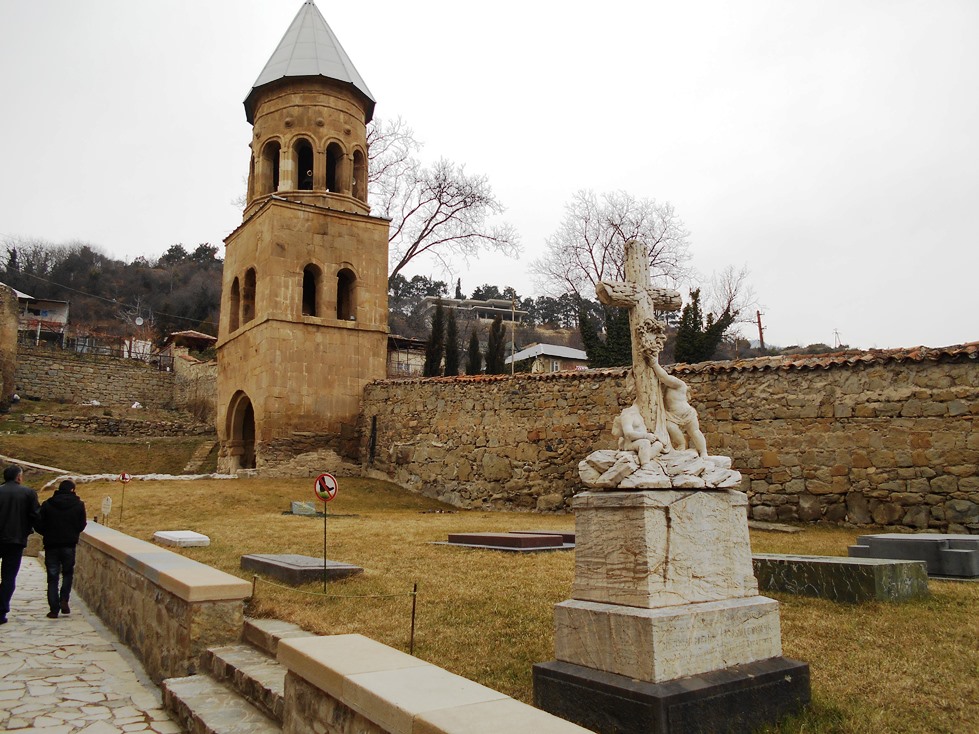
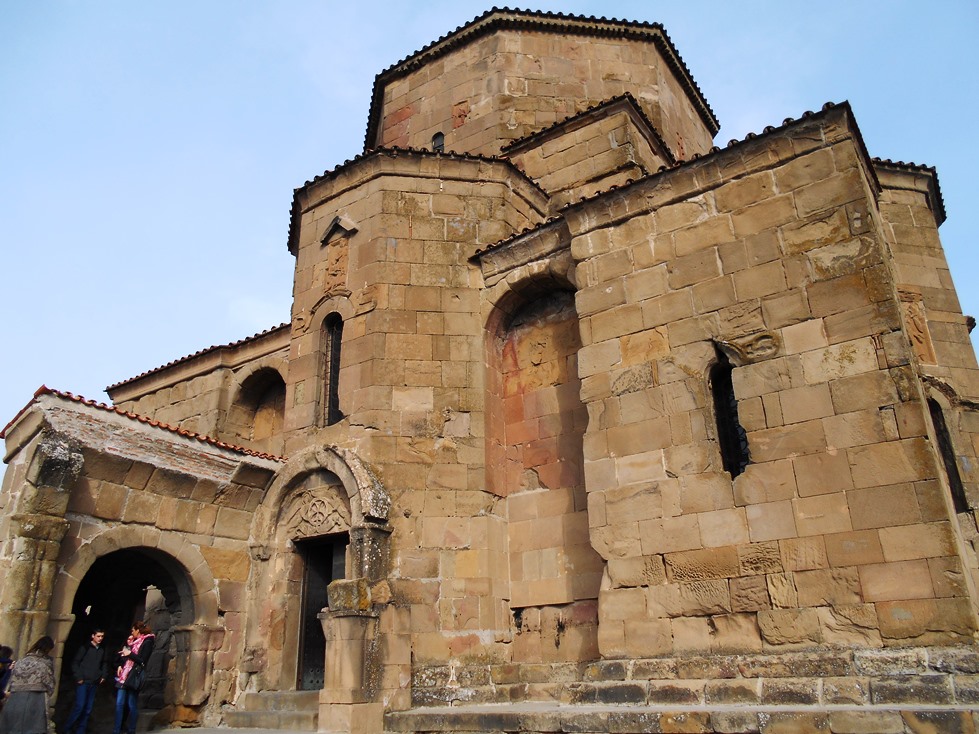

We return to Tbilisi and wander among the flea market odds and ends, between old Russian women with golden teeth who sell old used dishes or tea services or various cookware and men with tired looks, with a melancholy and neglected face that show old stamps Soviet or military ranks of the Red Army.
In the center, just enter one of the thousand alleys to meet old Soviet-era Tbilisi. Decadent houses have not yet been renovated, old wooden balconies almost seem to fall on your head, often an ancient Orthodox church appears, a place of worship and meeting of the people.
We reach the hill by cable car, the ticket costs one Lari, here we are in the fortress of Narikala from where you can enjoy a beautiful view of the city. A little further to the right is one of the most characteristic symbols of the capital: the Statue of Kartlis Deda, about 20 meters high and all in aluminum. It represents a perfect metaphor for the character of the Georgians, in one hand he holds a cup of wine (hospitality) and in the other a sword (to fight enemies).
Sameba Cathedral, the largest in the Caucasus, is majestic and dominates the entire city!
Desertirebis market. I love markets, they are lively and pulsating places and you can understand a lot about the culture of a place.
Without aim among the bare stalls selling a pile of potatoes or carrots or some small and ugly kiwifruit, these old men and women warmed by microscopic wood-burning stoves made me so tender ... in that market it seemed to me to step back over time but two old Soviet metro stops were enough, the one with very long escalators that, at high speed, take you to the depths of the Earth and we completely change the area: Rustaveli.
Wide clean boulevards, shops of all western brands, expensive cars, well-dressed people ... let's follow for a while the walking itinerary proposed by our Lonely Planet to the beautiful Freedom Square ...
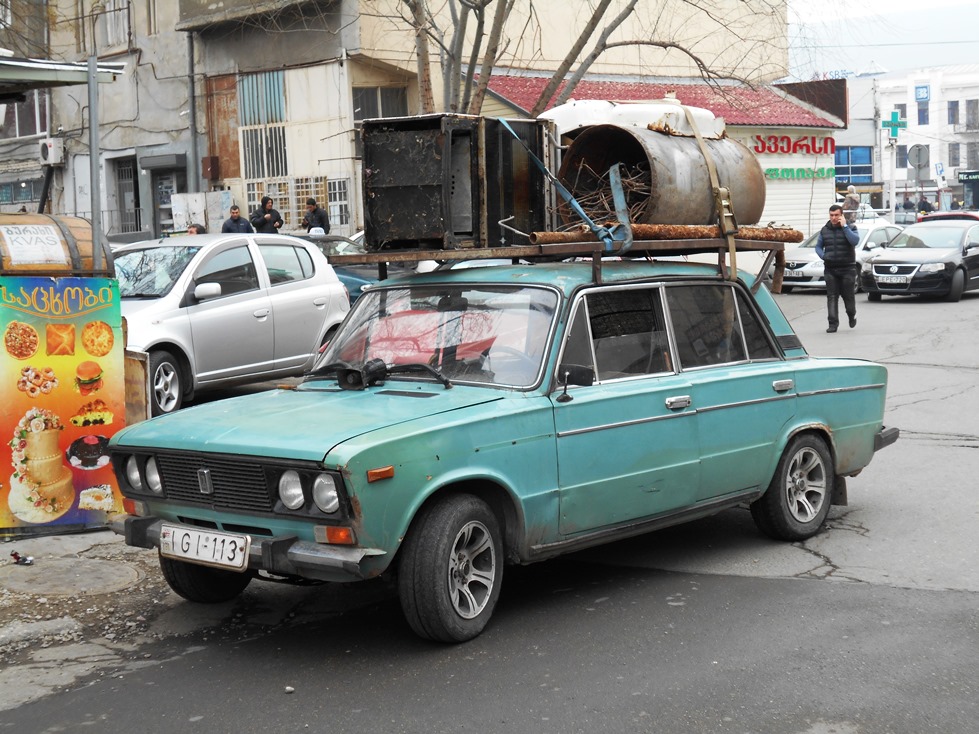

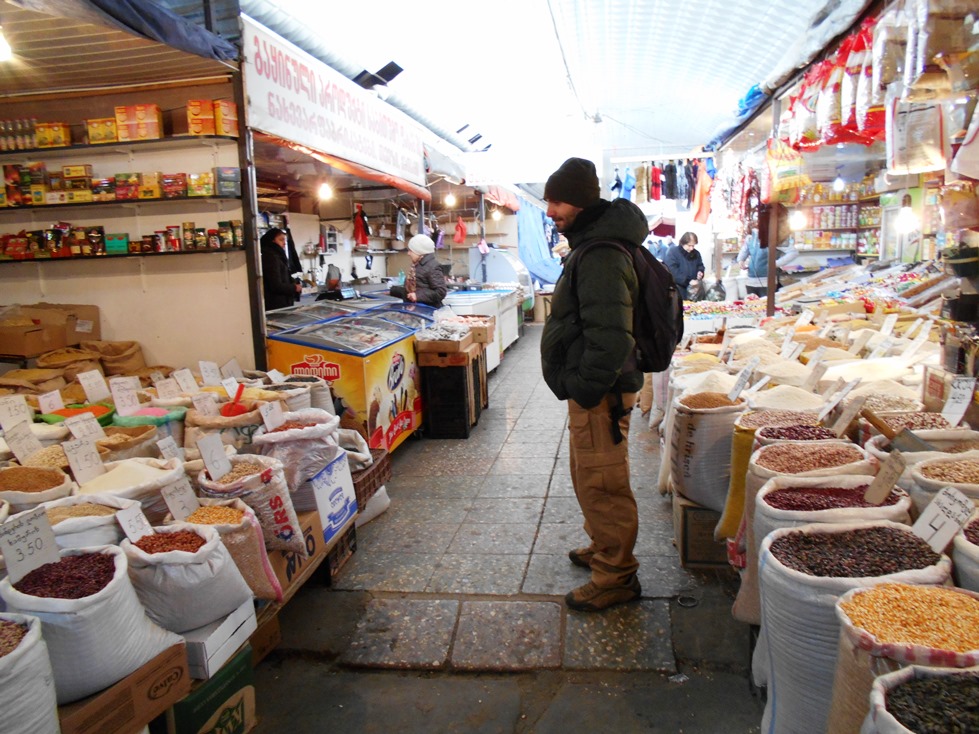
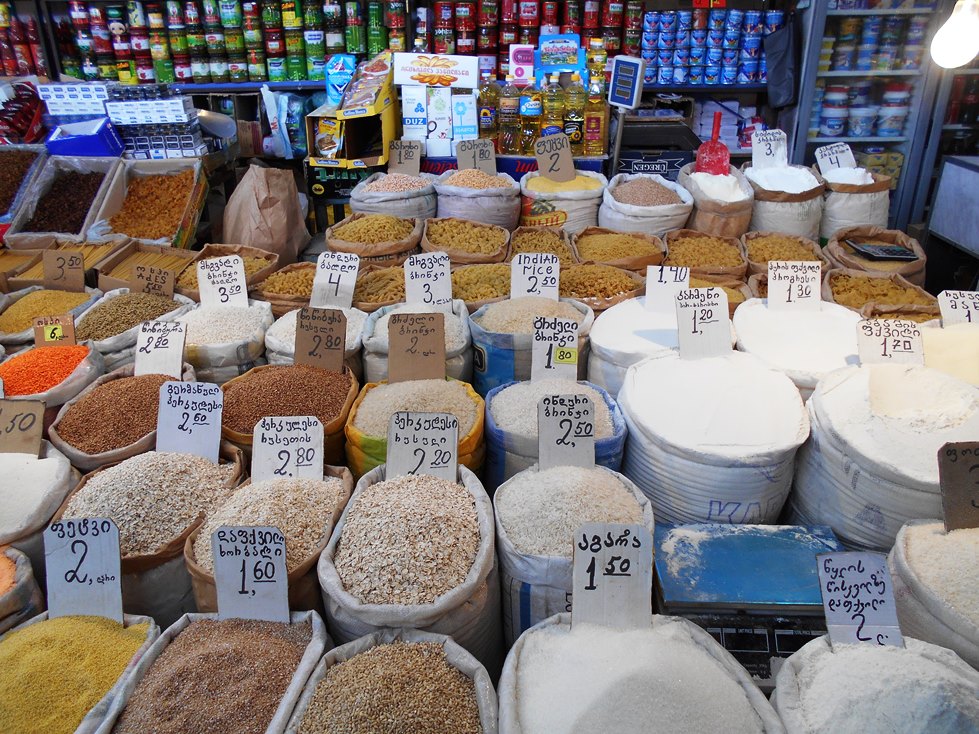
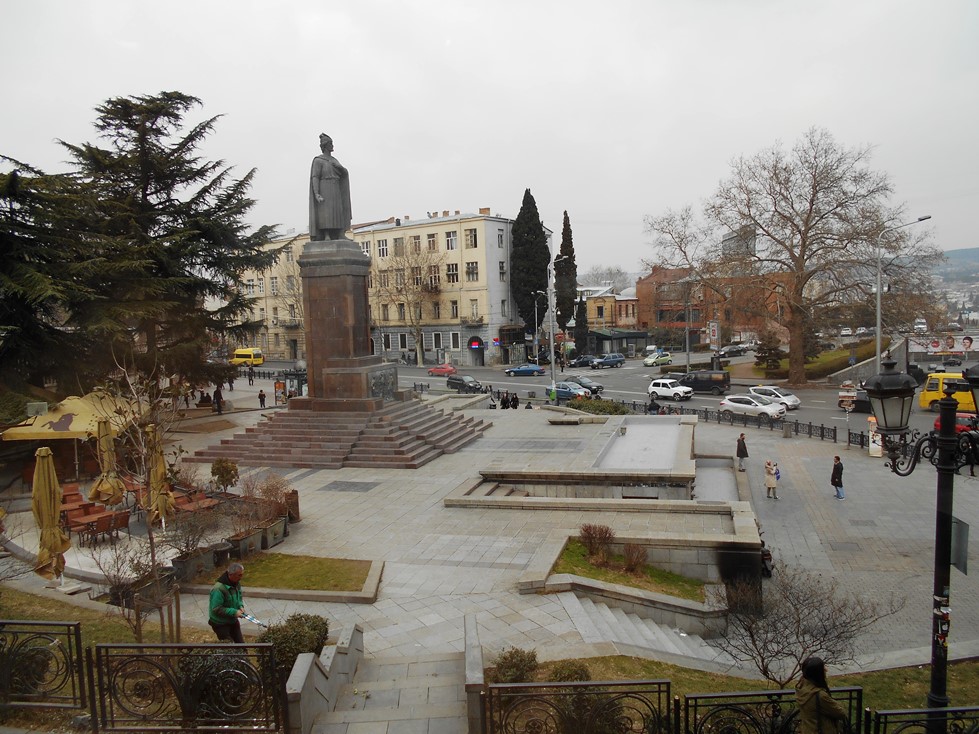
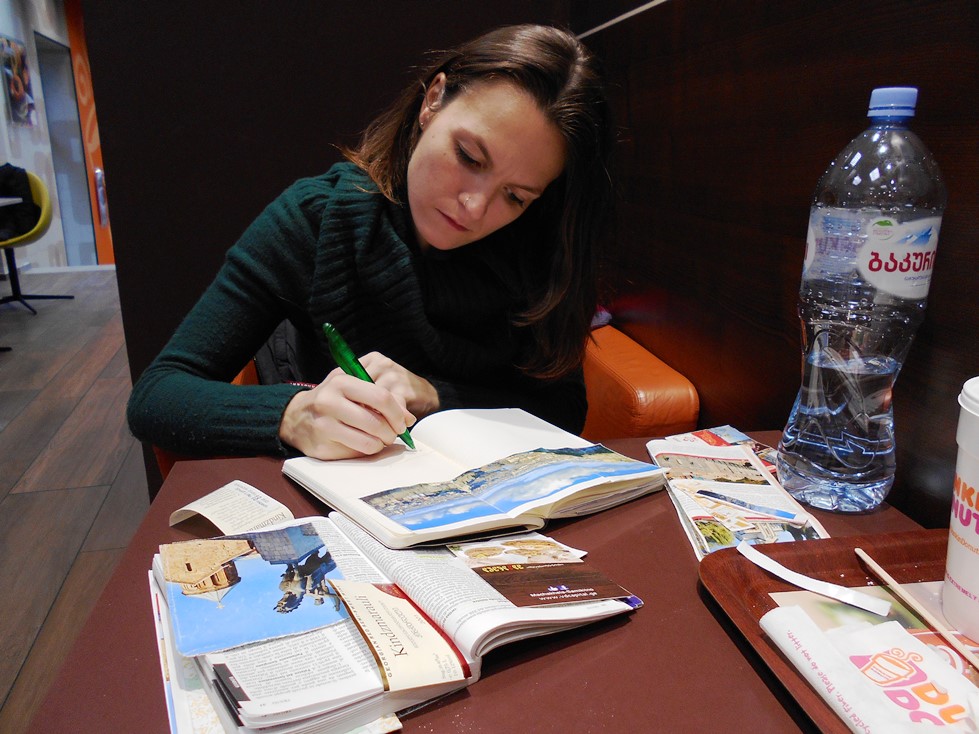
Today we leave the beautiful Georgian capital to enter the heart of this Caucasian country ...
We travel in peace the 100 km that separate it from Gori, Stalin's hometown ... the landscape is monotonous, flat and desolate ... every now and then a container camp appears, all the same and in the middle of nowhere: they are the refugee camps of the Ossetia, a region of Georgia, fled in 2008 for the bombing of the Russians ... suddenly another area, this time clearly military, is an area occupied by the Russians ... road signs indicate the direction for Sokhumi, the capital of Abkhazia, another occupied land ... sometimes I seem to be traveling on Risiko's board ...
Through barren streets, where vineyards reign, the Georgians are said to have invented wine, we reach "Atenis Sioni", an ancient church located on a bend in the Tana river and surrounded by high hills and precipices.
It preserves wonderful 11th century frescoes.
Not far away is Uplistsikhe, once a gigantic cave city as well as one of the oldest settlements in the Caucasus and at the height of which, in the Middle Ages, had a population of 20,000 inhabitants!
Located along the Silk Road, it boasted about 700 caves carved into the rock; a great city of the past of which now only ancient ruins remain, witnesses of a distant splendor!
Gori strikes me right away for his neglect, his degradation and abandonment ... it seems to me one of those Soviet villages of a Tolstoy novel ... sinister decrepit buildings with gray walls for the smog of these old cars, empty and silent courtyards, trees sad without leaves, even people seem to reflect the character of the town ... old women with curved backs and a headscarf, dressed in black, hurry along the unadorned avenues, men with hard faces and breath of garlic chat next to their cars transformed into taxis, Lada's wreckage is loaded beyond belief…
Gori is famous for giving birth to statesman Stalin. Few people have left a historical legacy at the same time bigger and more controversial than this son of a humble shoemaker who led the largest country on the planet for 25 years. If it weren't for the role played by the USSR, Nazi Germany would certainly have won the Second World War.
Over the course of a decade, it transformed the Soviet Union into a major industrial power from Lenin's plow to nuclear weapons, as Churchill wrote in his autobiography.
However, the suffering of millions of people, the gulags, the NKVD (secret police), cannot be forgotten.
We have lunch at the "Chinebuli", a restaurant behind the museum with an excellent khinkali soup, stuffed with meat or cheese ... we love Georgian cuisine!

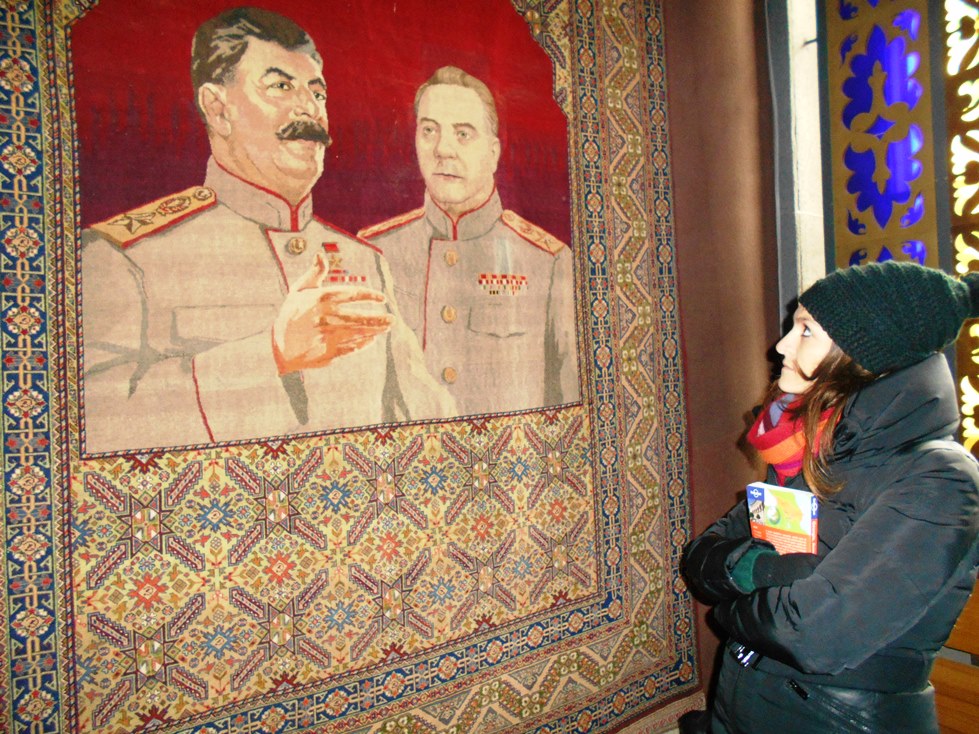
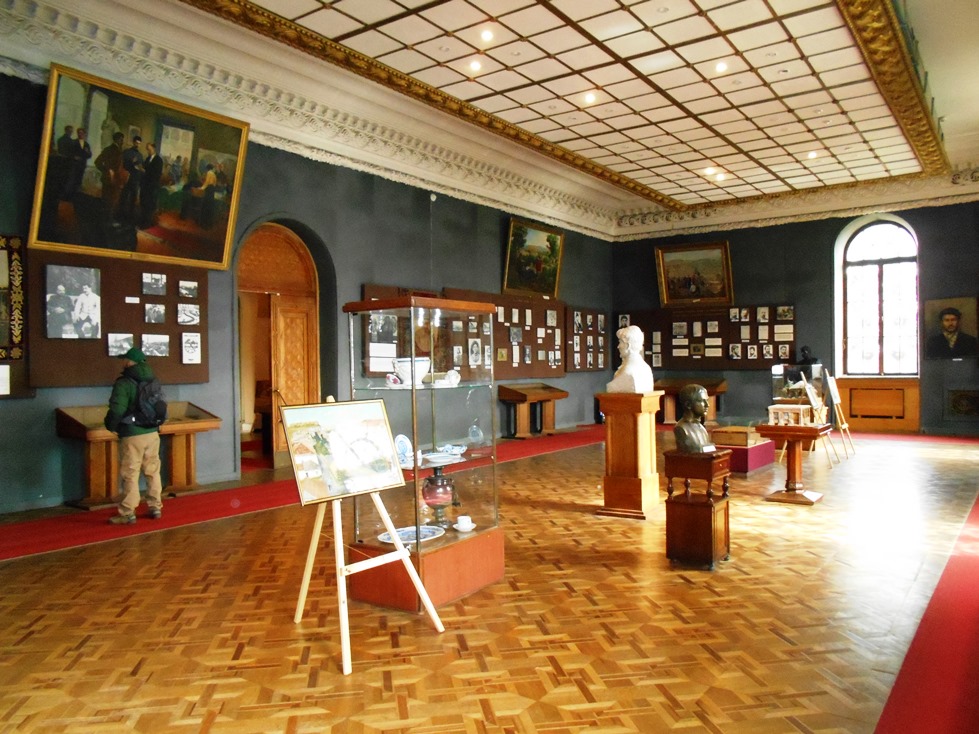

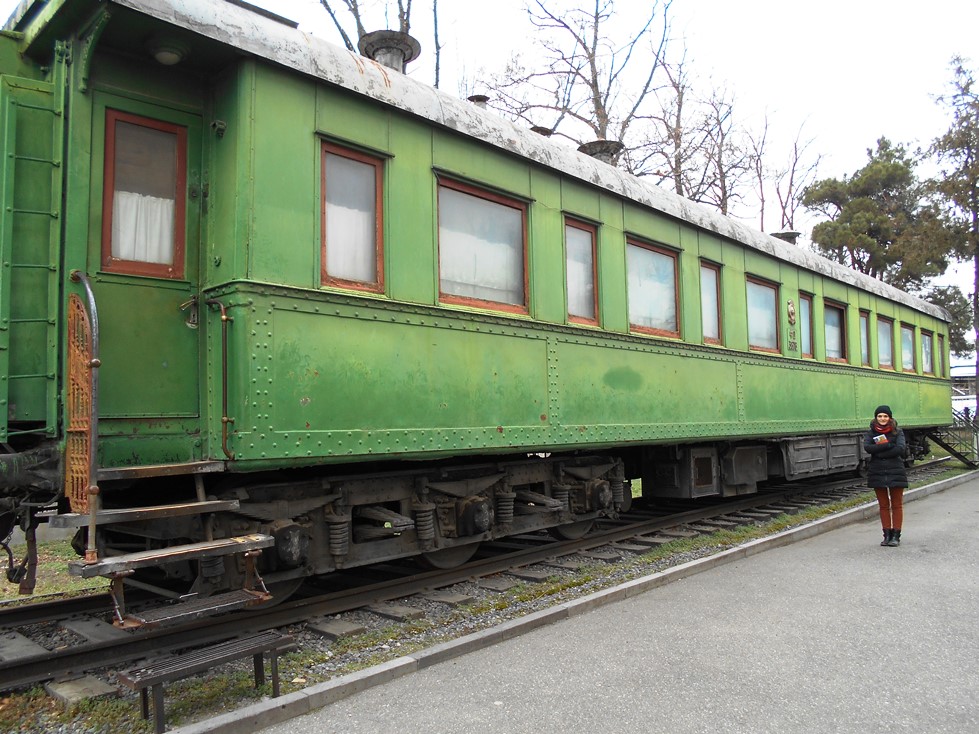
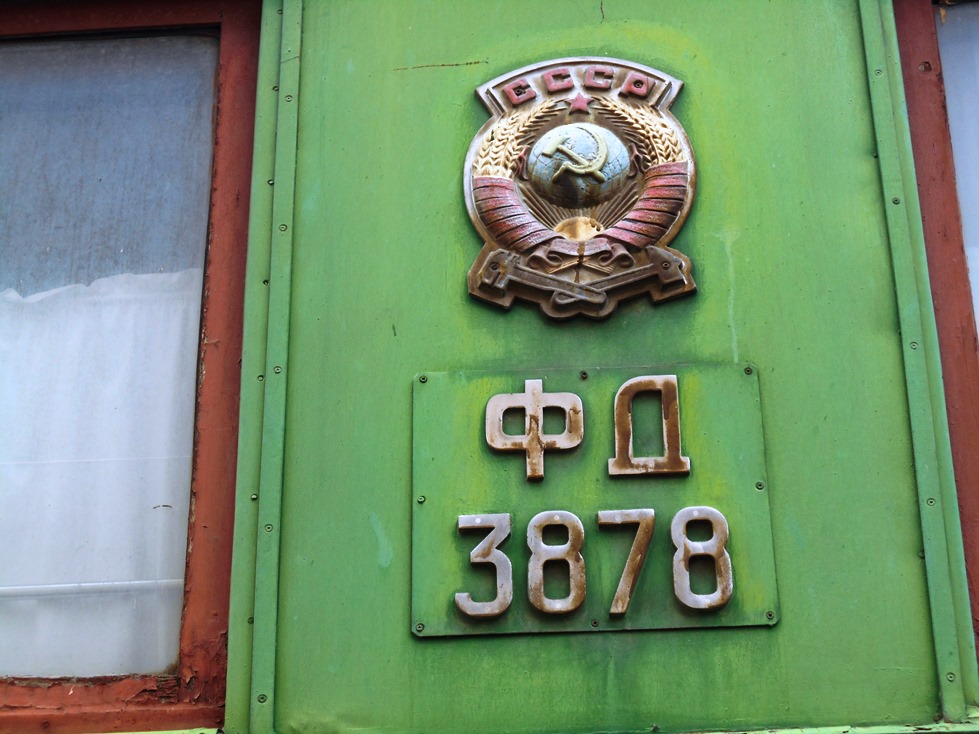
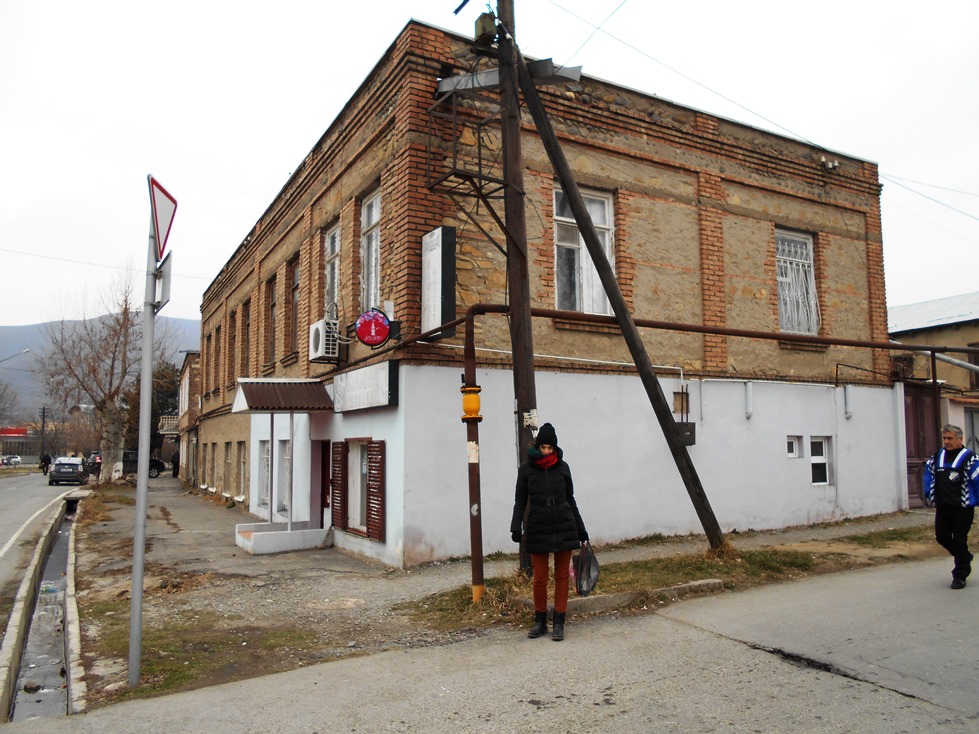

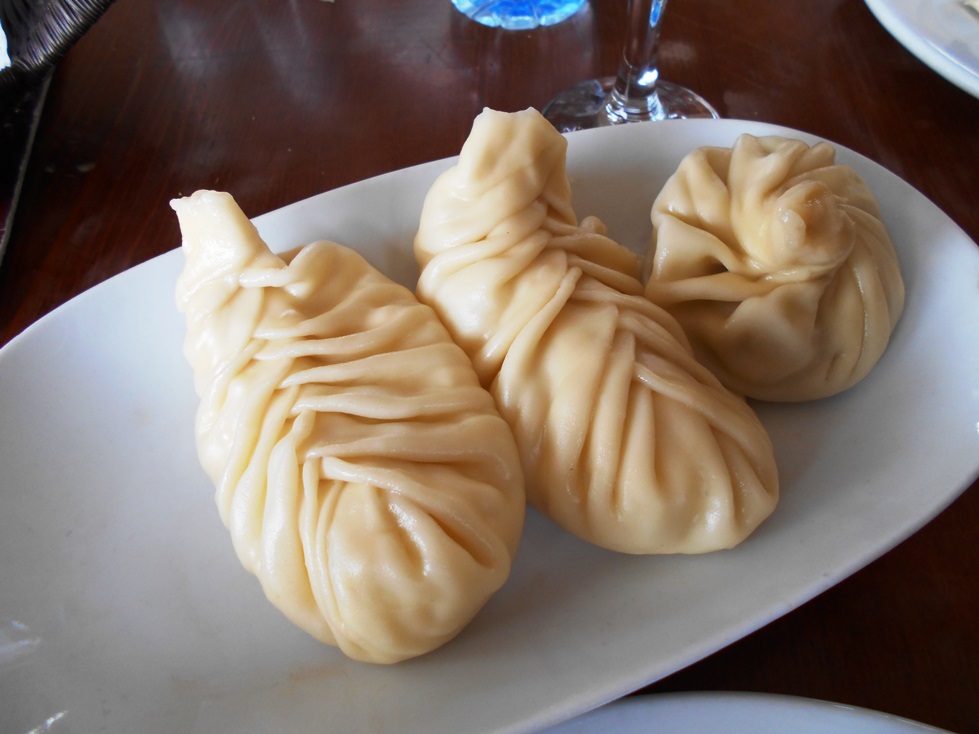

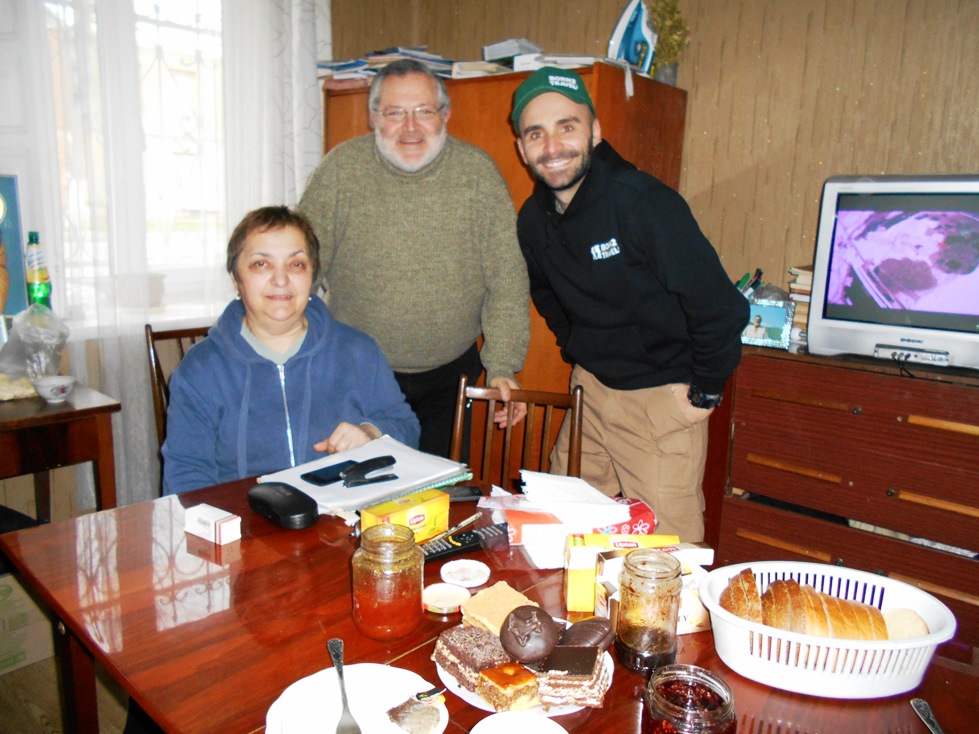
Avtosadguri (bus station) in Gori. A dwarf sells some chips, the various drivers devour in a few voracious mouthfuls freshly baked cheese khachapuri ... an old woman opens the shutter of her flour shop. A new day begins in Gori and we get on the marshrutka (minivan) for Kutaisi.
Our driver smokes one cigarette after another incessantly, every now and then he offers us a melina in turn offered by a passenger who did not have the money for the ticket ... in two and a half hours we reach our destination.
Kutaisi appears immediately delicious to me! After leaving everything in our hotel, we immediately go to the central square to enjoy an excellent khachapuri (Georgian cheese cake), a khinkali (spiced meatballs) and an adjaruli (bread boat with cheese, butter and eggs) ...
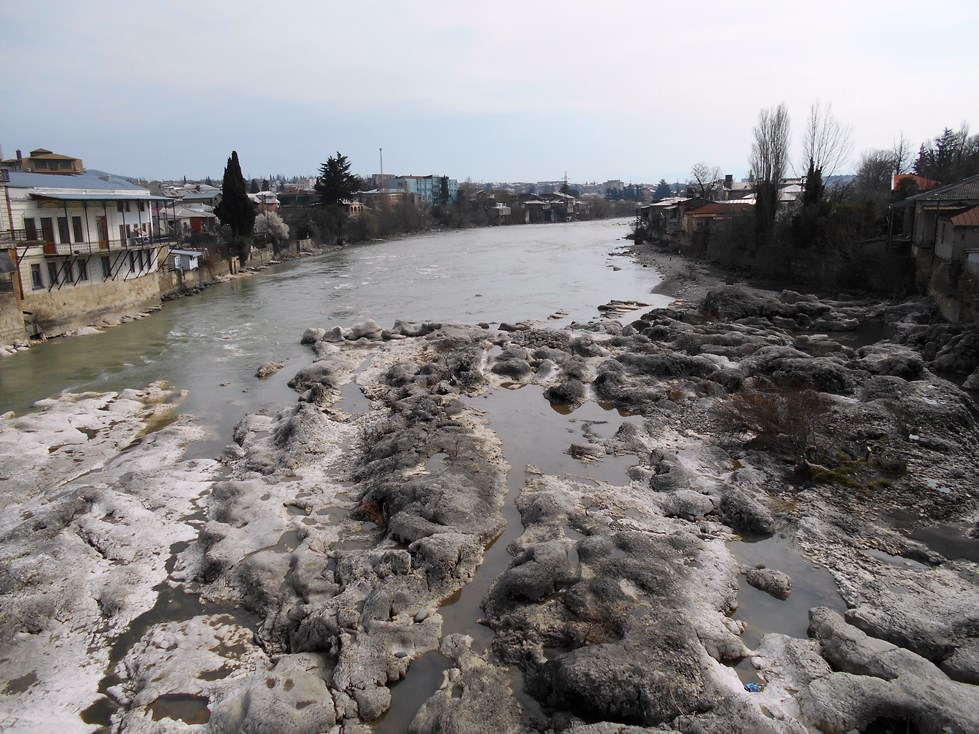

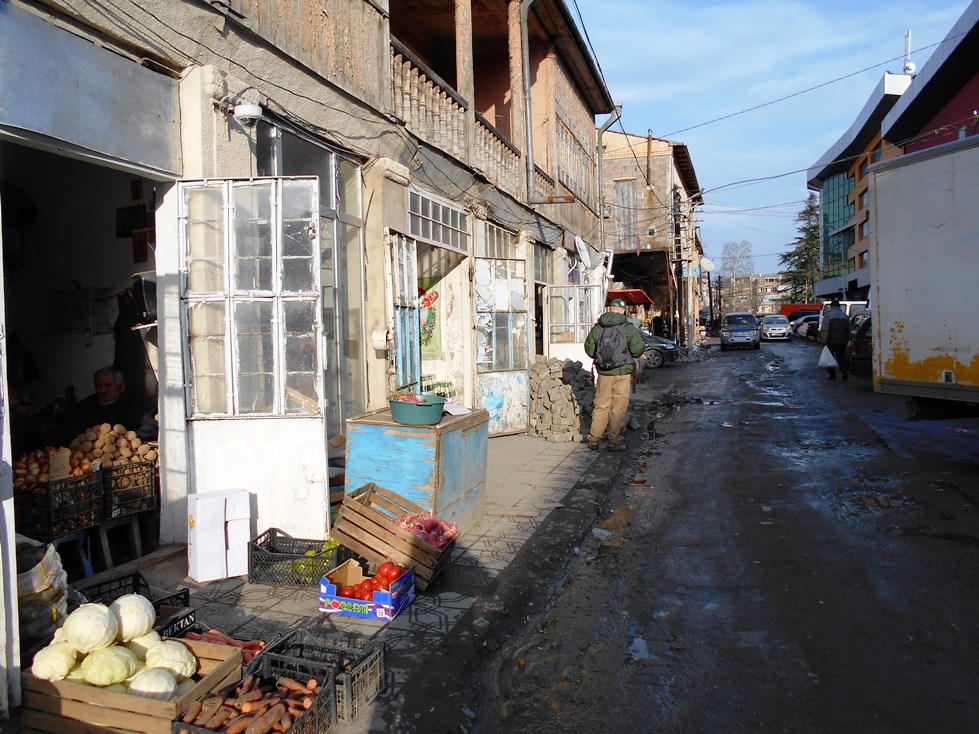


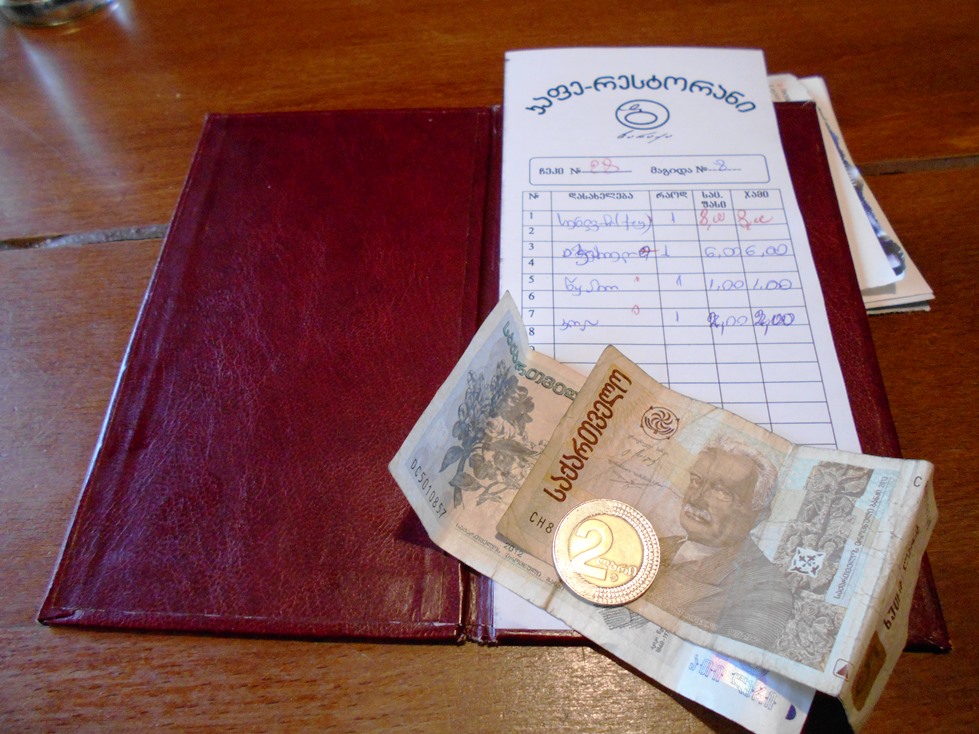
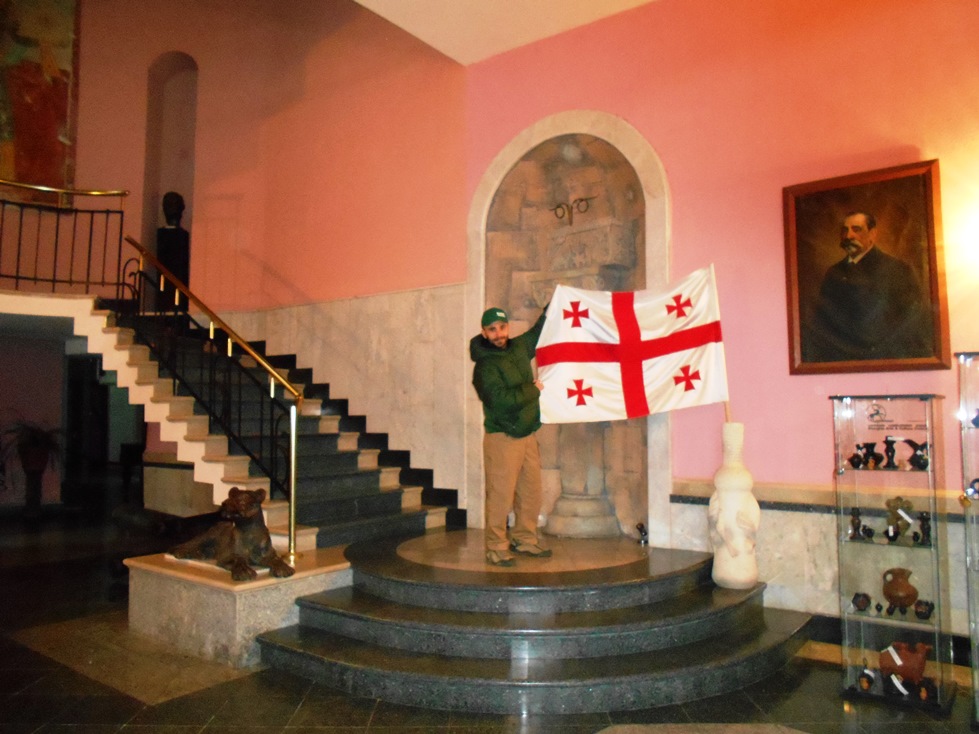
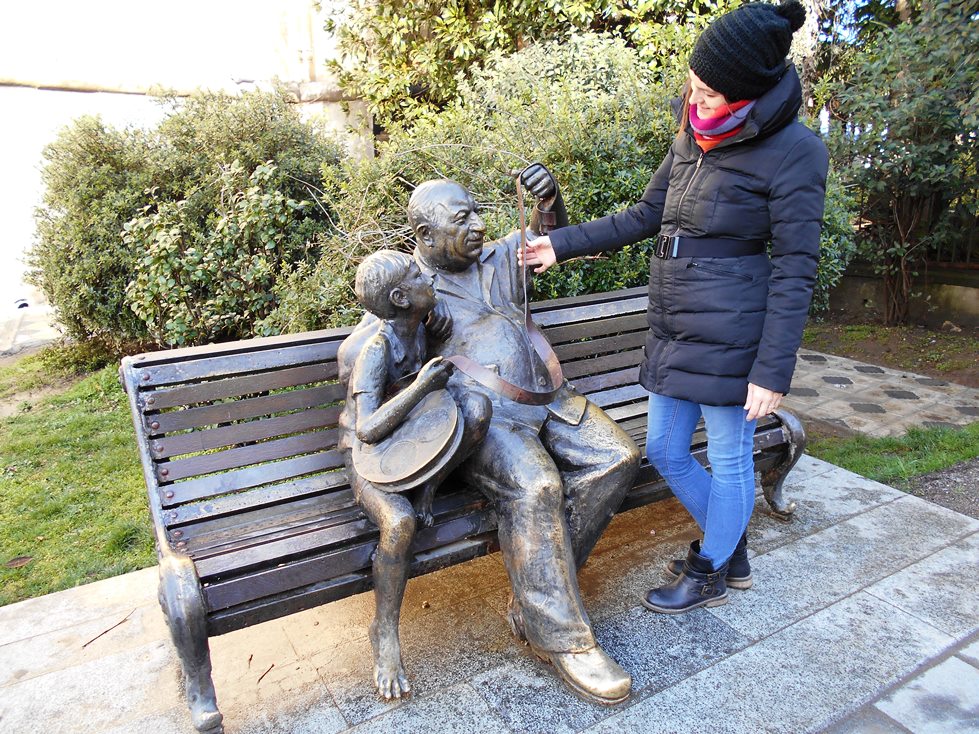

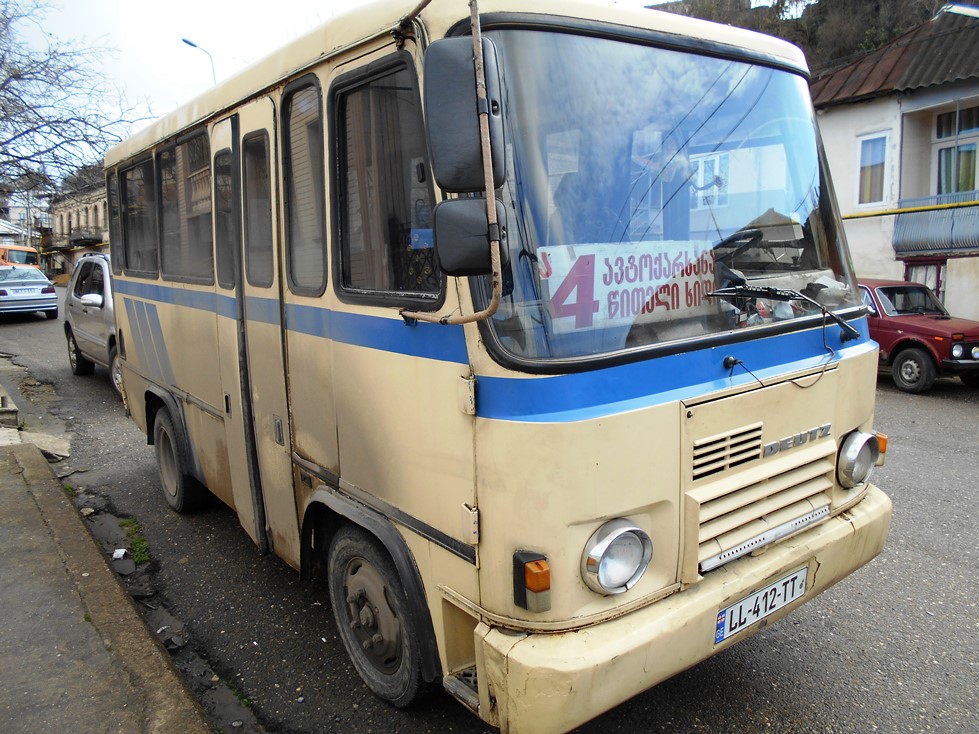
Kutaisi wakes up very slowly in the morning, old women with black scarves cross, slowly, the Chachvis Khidi, the ancient bridge over the Rioni river to perch along the sidewalk under construction and relax their wares: used jeans and Tshirts from Europe with money or various cookware ...
I look out and admire their daily life unfolding, I look with amazement at the Bagrati Cathedral with its water-green domes and which, from the top of the Ukimerioni hill, dominates the city of Kutaisi.
We visit the surrounding area. Motsameta, an enchanted place!
This small monastery offers beautiful views of the gorge of the underlying Tskhaltsitela river, whose name (red water) derives from a massacre carried out by the Arabs in the eighth century. We enter precisely during an Orthodox ceremony, the monk with long hair and a long beard, with his shoulders turned to the only faithful who sang nostalgic litanies, sends his blessing.
The background is fantastic and we are very impressed by the peace and tranquility that that place infuses.
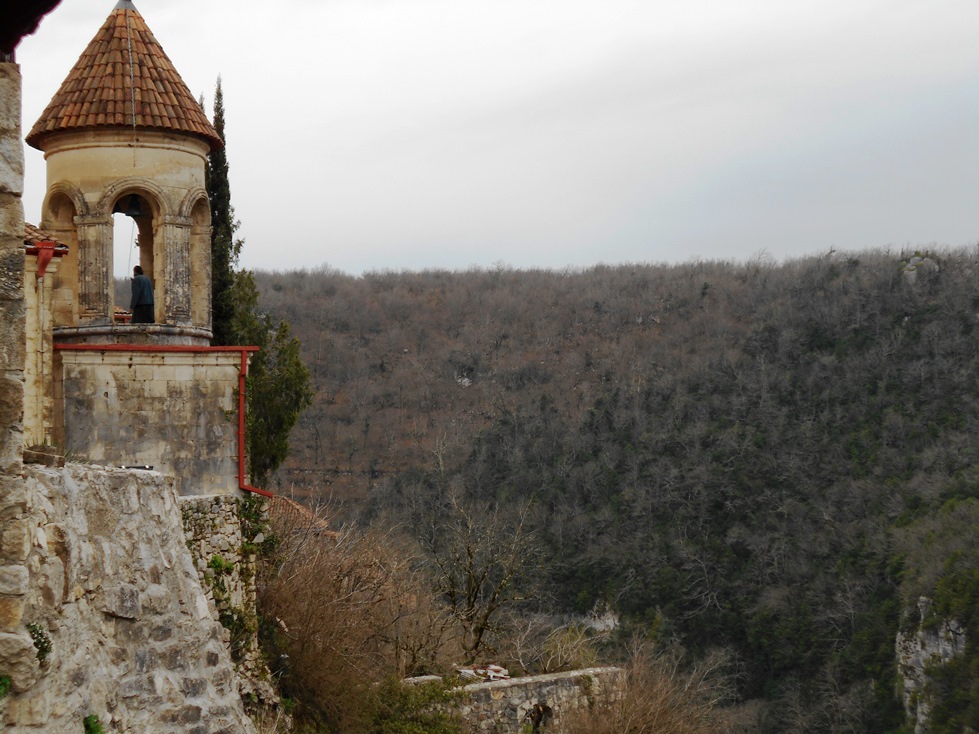

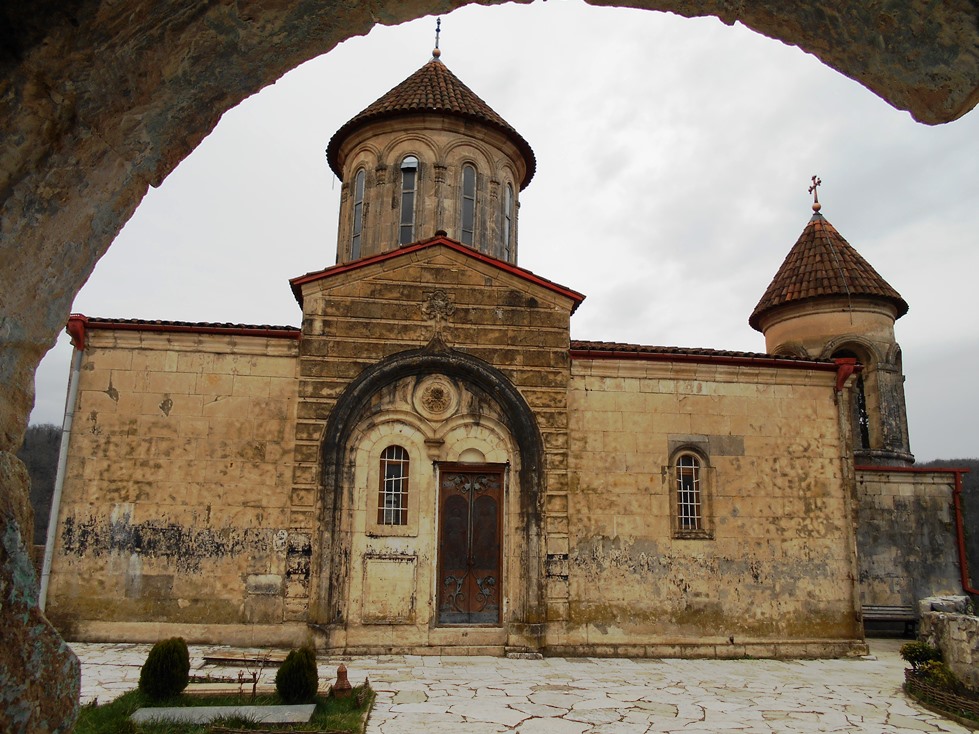
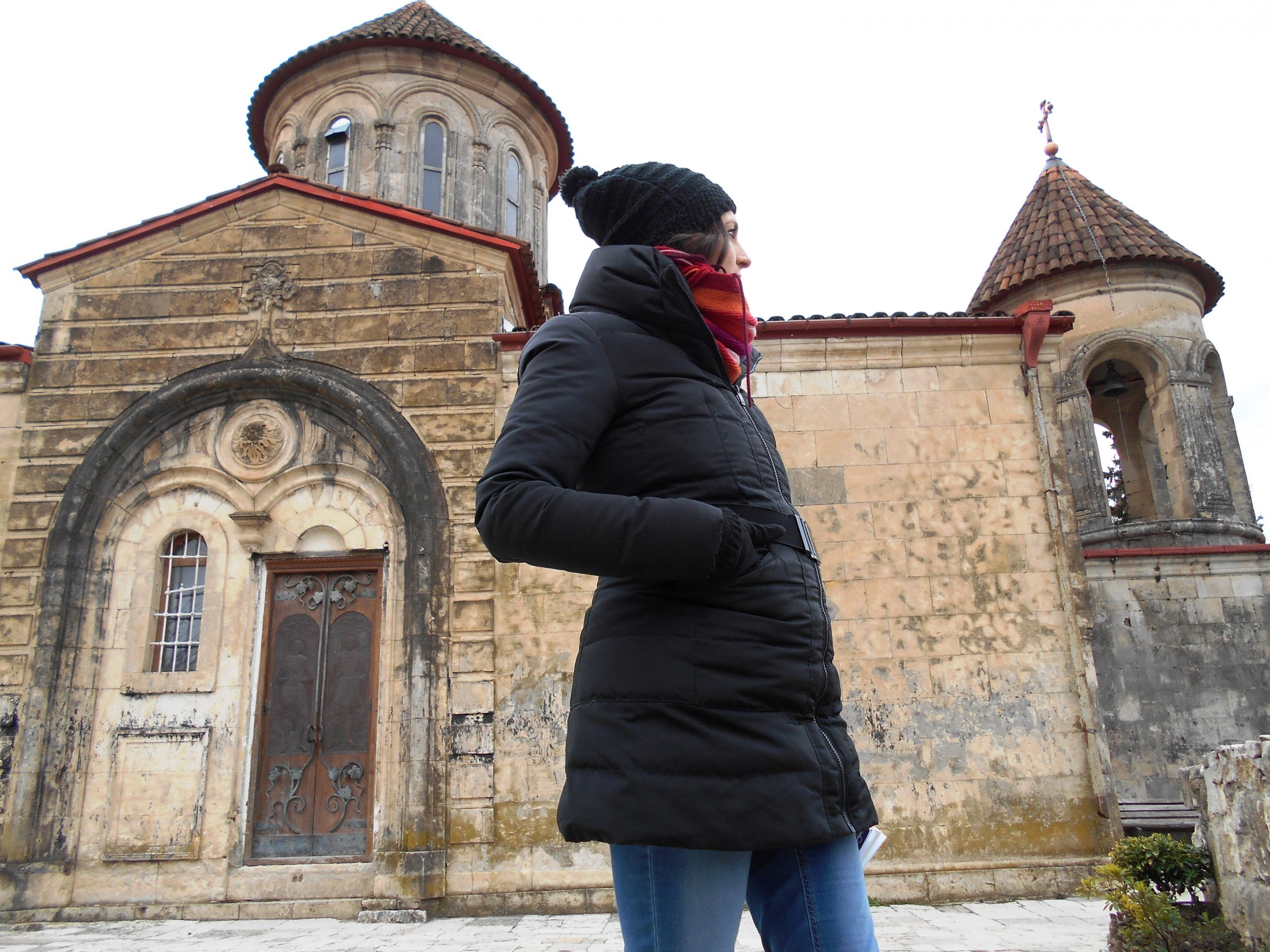

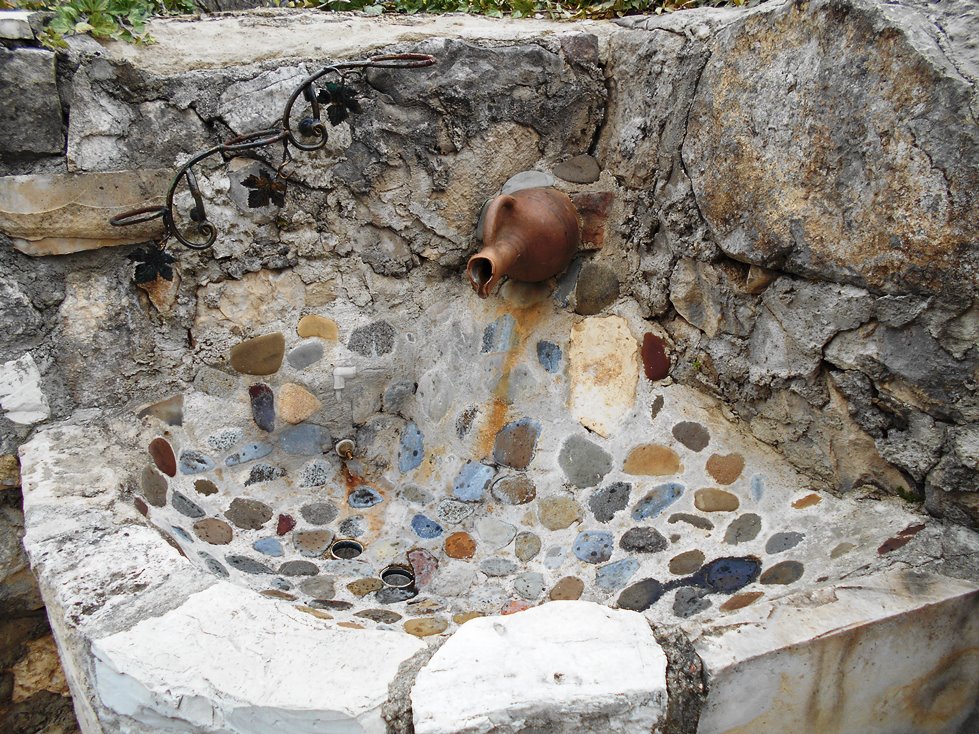


The monastic complex of Gelati is not located in a place of less beauty, moreover the Georgians have always had a particular ability in choosing the most enchanting locations to build their churches.
I love when we put ourselves in the shoes of the villagers we visit. When there is no alarm clock, there is no program but only free and spontaneous meetings, hidden places, life that flows and we are ready to be 100% part of it.
Today, after breakfast with fried eggs, we went out into the street to blend in with the crowd ...
Step by step we arrive in the Jewish quarter where we enter a synagogue, the weather is splendid. There is nobody on the street except some old man who walks with his arms behind his back and they seem to study us when they see us ...
The air is fresh but the hot sun, the cherry and mimosa trees are the backdrop. It rained tonight and the wet moss is very green.
We reach an Orthodox church on a hill, around a very decent cemetery.
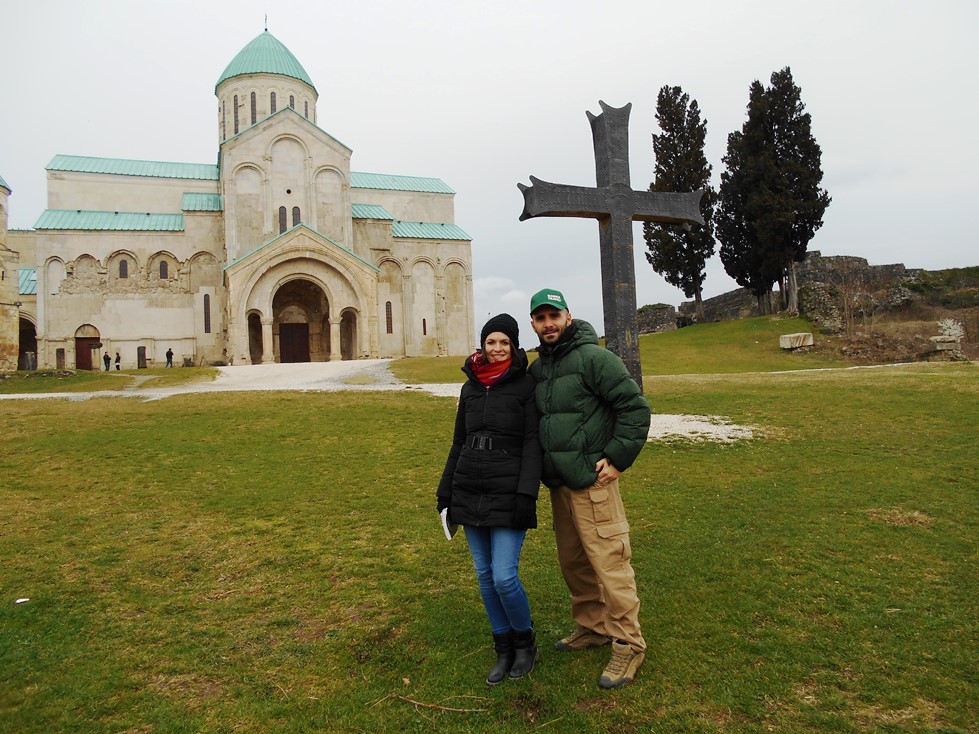

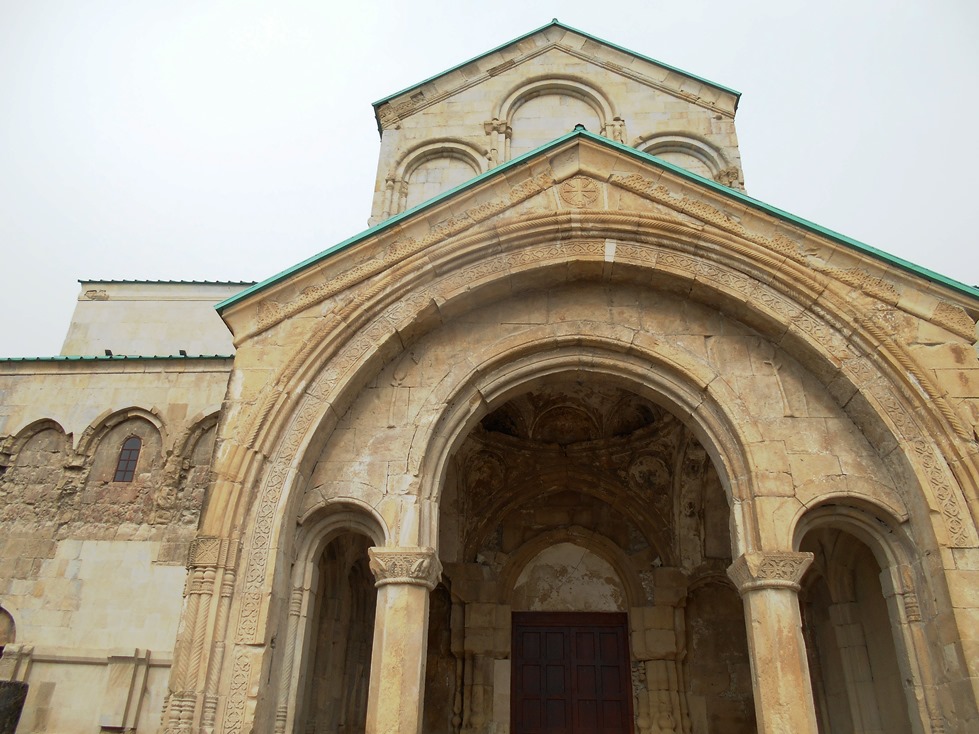

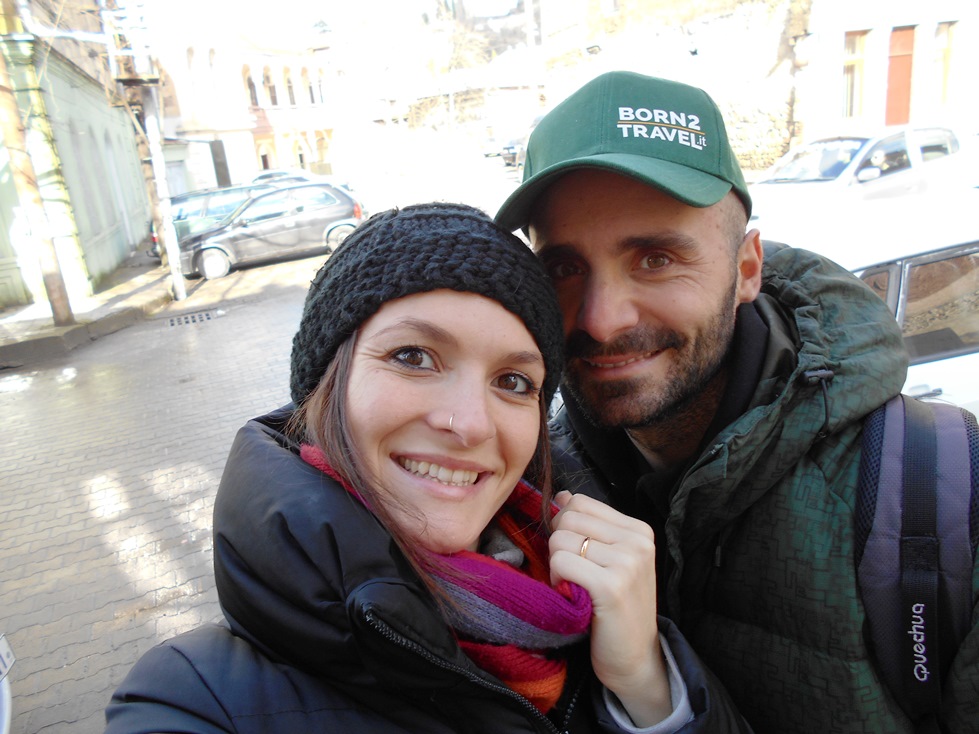
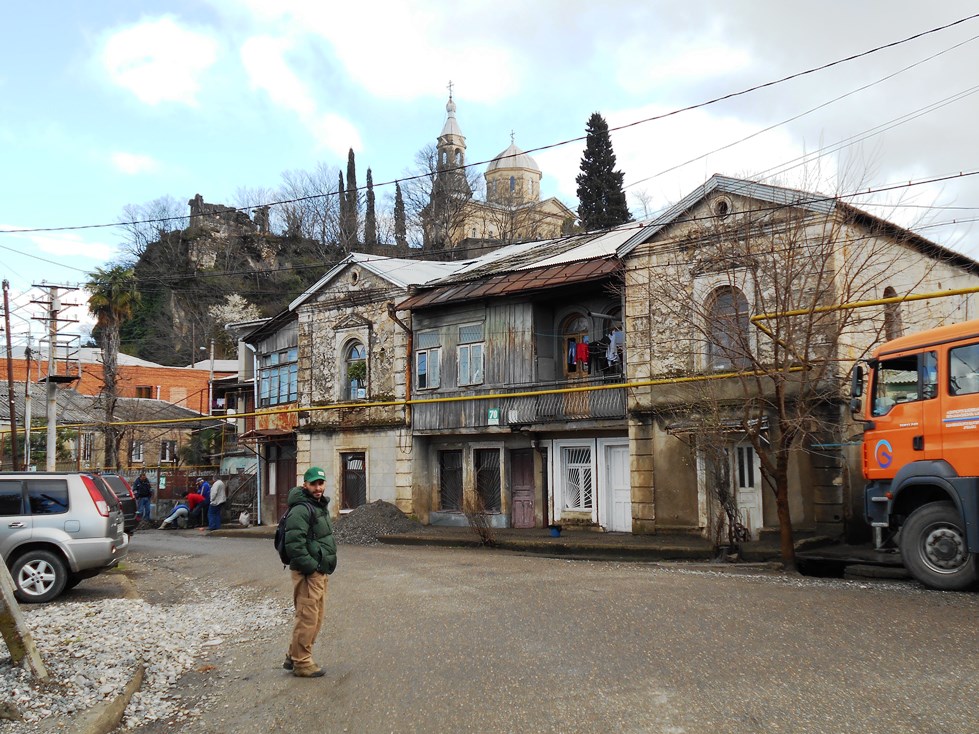
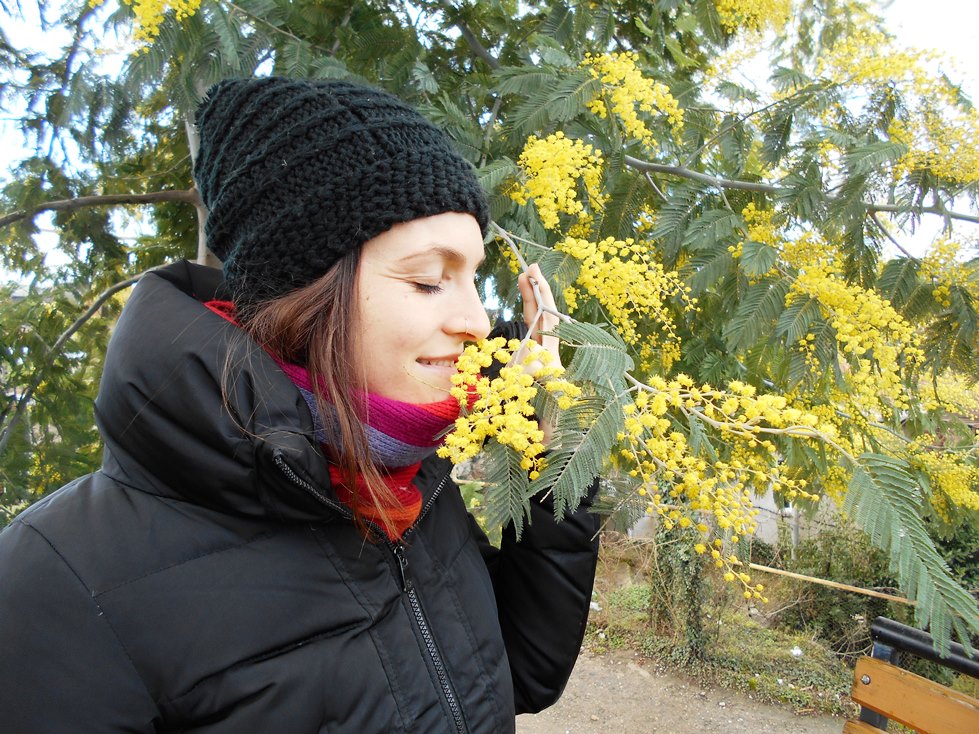
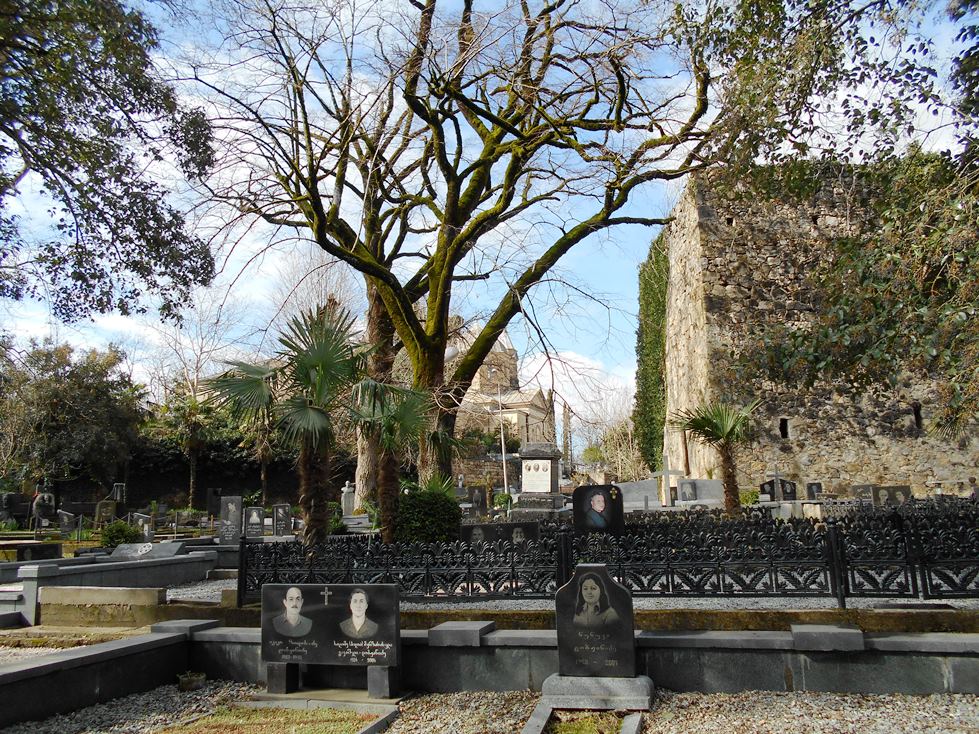


We visit various museums: the ethnographic one, the sports one and the military glories one. Each of them leaves something in our hearts, we see photos, documents, the Olympic medals, the cups of sports competitions held all over the world, archaeological finds, jewels of another time and which are now the witnesses of an old history; the photos of the Soviet period or of the various wars in which Georgia was the protagonist or victim sadden us a lot ...
We spend the last hours in Kutaisi relaxing, losing ourselves among the thousand alleys of the town, among its hospitable people and among the stalls of its market, before going to the airport to leave!
საქართველოს მთავრობას მადლობას უხდის
Error: No feed found.
Please go to the Instagram Feed settings page to create a feed.
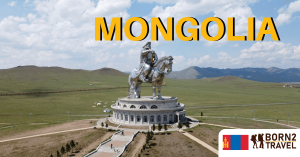
Mongolia Capitale: Ulan Bator Moneta: Tugrik Periodo migliore: Il periodo